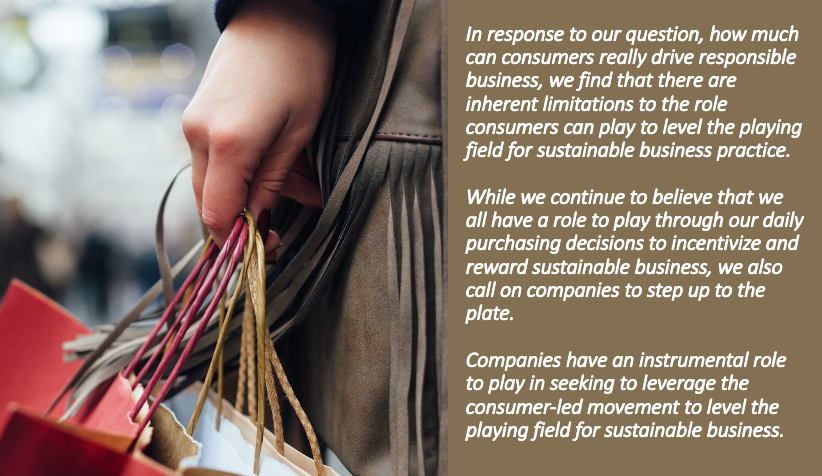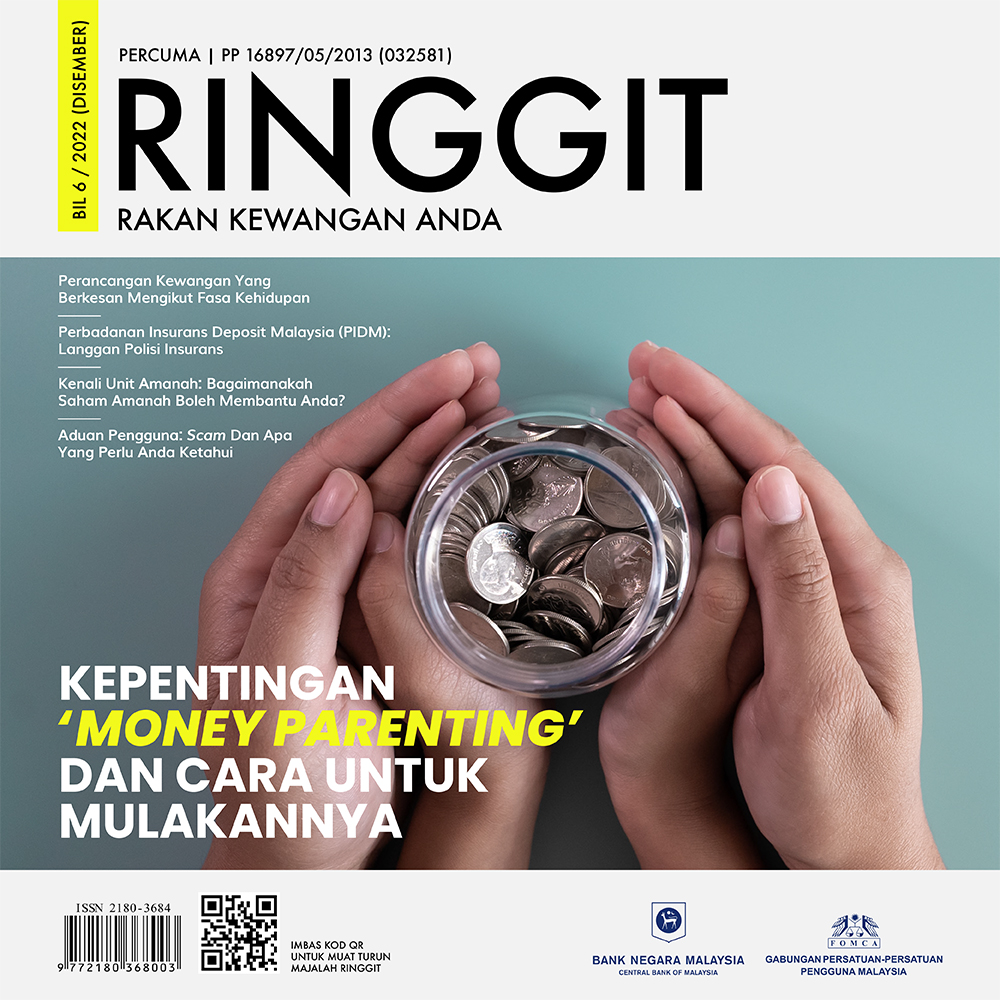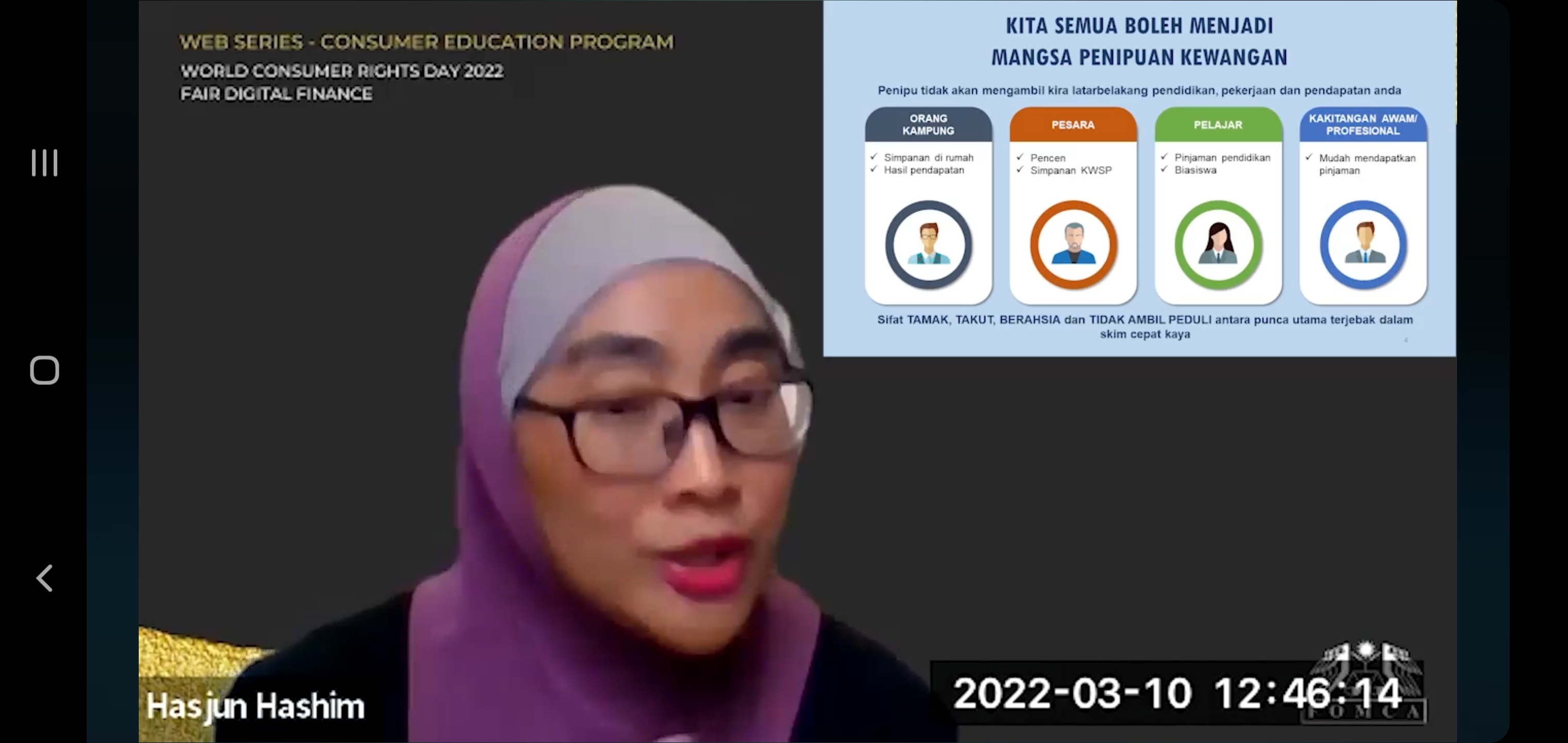 We are in the midst of an environmental and social crisis. That might sound alarmist, but recent events have proven this to be an inconvenient truth.
We are in the midst of an environmental and social crisis. That might sound alarmist, but recent events have proven this to be an inconvenient truth.
As the world’s population continues to grow to reach 10 billion people by 2050, governments and businesses will need to find drastically different ways to make the food, products and resources we rely on to live.
We speak about the environmental and social challenges we face related to the climate crisis and inequality in our first posting of this publication, A sustainable post COVID-19 economic recovery: how the facts show us there is no other option.
Faced with this new reality, what can we do to create the systemic shift required to create a more sustainable and equitable society? And which factors can play a role in pushing companies in particular to take responsibility for their corporate footprints?
In other words, which drivers can encourage companies to consider their impact on both people and the planet as an intrinsic part of their operations?
The economic and social fallout from COVID-19 has accelerated scrutiny and debate about what stakeholder capitalism means in practice for company decisions and actions. A growing number of investors are viewing environmental and social risks as financial risks, and are pushing companies to consider them.
Regulators are increasingly passing legislation seeking to pave the way for sustainable business. And a growing number of company employees are seeking to drive sustainability within their companies, recognising that people want to work for companies that deliver more than simply the bottom line.
It seems that the sustainability agenda is not only surviving through COVID-19, but thriving, and it’s taking consumers with it. Recent research has identified that consumer packaged goods sold in the United States that carry a sustainability claim have continued to grow during the pandemic, capturing a 17% market share during the first half of 2020. Within the same study, seven in ten consumers said they are buying the same amount or more ‘eco-friendly’ products as they did prior to Covid-19.
Whilst such research is encouraging, it remains largely absent from mainstream consumer engagement strategies. Companies and brands have yet to properly understand the potential that consumers have to drive sustainable business at scale.
If we consider the potential power of consumers, and with management consultant Peter Drucker’s words in mind — that the “purpose of business is to create and keep a customer” — wouldn’t a consumer-led movement be the most effective way to enable a level playing field for sustainable business?
Put differently, if consumers and customers demand that the companies they buy from pay attention to people and the planet as they make their products, wouldn’t this be the strongest driver that exists to enable sustainable business?
Many studies have sought to define the impact of sustainability considerations on consumers’ purchasing decisions. Research demonstrates a wide range of consumer perspectives on this, with many highlighting that consumers, and in particular the often venerated ‘millennials’, prefer to spend money on products or services that are traceable to the point of origin, sustainably sourced and ethically manufactured and sold.
As ‘Gen Z’ consumers begin to take their place in the spreadsheets of market researchers, the data illustrates a consistent view. Younger generations expect companies to reflect their values, and this includes how they manage environmental and social issues.
Recent research on the purchase of consumer-packaged goods in the United States suggests that this stated preference for sustainability on the part of the consumer can translate into buying decisions.
At the same time, a number of studies point to a gap between what ethically minded consumers say they are going to do, and what they actually do at the point of purchase.
This disconnect between consumer attitudes, opinions and beliefs, and actual consumer behaviour, is known as an attitude–behaviour gap. Studies show that this can happen for a number of reasons, including concerns related to price and quality, as well as lack of information and trust in sustainability claims, and a flexible moral context that can impact consumers’ ability to ‘turn their feelings into action.’
For instance, a recent 2017–2018 Nielson/The Conference Board study found that it is only once core purchasing criteria (i.e. price, function, performance, quality and convenience) are met that sustainability can become a meaningful brand differentiator.
Faced with limitations on individual consumer ability and agency to incentivise sustainable business practice through purchasing decisions, some stakeholders have identified other levers to drive impact within business. The mobilisation of consumers as collective groups demanding action has been a particularly effective approach often employed by civil society groups focused on driving specific action by targeting the vulnerabilities of corporate reputations.
A company’s reputation is valuable: corporate reputations of the UK’s largest public companies represented 35% of the gross market capitalisation in the FTSE 350 in 2020. Civil society-organised actions or campaigns seeking to trigger change by tarnishing a company’s reputation can range from boycotts and petitions; to questioning, prompting and engaging.
Some campaigns have led companies to strengthen policies or adopt new ones. Consider the example of Greenpeace’s 2010 online campaign requesting that Nestlé create a palm oil policy and stop sourcing from a palm oil supplier contributing to deforestation in Indonesia. Consider the 2015 example of ShareAction-led consumer activism requesting that Marks & Spencer pay employees a living wage. And consider the 2020 Oxfam-led example of consumer activism against global grocer Lidl for its approach to the wellbeing of workers in its supply chain.
Some campaigns have pressured companies to stop operating in high-risk contexts or sourcing from controversial business partners, or to use their leverage to improve the human rights conditions on the ground. Consider the 2019 example of customers of the Dorchester Hotel in London boycotting the hotel to protest against the owner, the Brunei Sultan Hassanal Bolkiah, passing a new criminal law which included death by stoning for same-sex sexual acts or for adultery.
Consider the 2017 campaigns coordinated by advocacy group International Campaign for the Rohingya (ICR) and online activism organisation SumOfUs urging luxury jewellers Cartier and Bulgari to stop sourcing rubies from Myanmar in the face of evidence that the Burmese gemstone sector was funding the military during the Rohingya genocide. And consider the Cotton Campaign-coordinated campaign starting in 2007 calling on customers of retail companies to request that retailers stop sourcing cotton from Uzbekistan due to its state-imposed system of forced labour, in which children are taken out of school to harvest cotton.
Some consumer campaigns focus on spurring companies to take specific actions towards their workers, as well as workers in their value chain. Consider the example of the 2015 campaign coordinated by online activism group Avaaz to pressure retailer Benetton to compensate victims of the Rana Plaza factory collapse in Bangladesh in 2013. Consider the 2009 U.S. student campaigns coordinated by United Students Against Sweatshops to end university contracts for university-branded apparel with Russell Athletic (owned by Fruit of the Loom), following evidence that the company had closed its Honduran factory after workers unionised to improve their working conditions. And consider the example of a 2016 campaign coordinated by the International Trade Union Confederation (ITUC) against Samsung urging it to protect its workers’ rights to freedom of association and collective bargaining.
Although there are examples of success with specific civil society-coordinated mobilisation, the effectiveness of these types of campaigns in pushing for meaningful change in business practice at scale is limited.
A number of factors help explain this limitation.
Consumer awareness of an issue typically relies on better-informed stakeholders to bring it to public attention. In many cases, the average consumer will not have knowledge of a company’s social and environmental impacts and may lack the sophisticated understanding of such issues that more informed expert stakeholders (e.g. civil society actors, trade unions, individuals on the ground in sourcing markets) will have. This is particularly true for more technical or hidden issues, such as those in the extended supply chain or in non-consumer-facing sectors. As a result, consumers rely on informed stakeholders to serve as information brokers and, usually, to coordinate the response itself, as seen in the examples above.
This can be an advantage when it leads to a more streamlined, targeted approach coordinated by a single informed actor or a small group of informed actors, but can also be a limitation where such actors fail to capture public attention or fail to break down complex issues in a way that non-expert stakeholders can easily understand. Put simply, maintaining consumer attention and engagement on issues considered seemingly peripheral to daily lives is challenging.
These kinds of organisation-led campaigns also entail significant use of resources on the part of the coordinating organisation. Most of the examples of campaigns seeking to tap into consumer power involve one campaigning organisation taking the helm to coordinate activism, whether through the form of propagating a social media campaign, coordinating the signature of a petition or producing catchy materials. This can also extend to hands-on engagement with the targeted company.
Suffice to say, campaigns are often constrained by budgets and other resources available to them, making sustained campaigning difficult. Campaigners therefore only tend to have the resources to do focus on a select number of companies. In addition, the effectiveness and reputation of the coordinating organization itself may help or hinder the outcomes. The burden is on campaigners to ensure the engagement approach is tailored to the company and the involved consumers, choosing in short whether an adversarial ‘name-and-shame’ approach or a constructive engagement one has the most chances of yielding the intended results.
These kinds of campaigns typically target consumer-facing companies that are well-known to the general public. Consumer-facing and well-recognized brands that the average shopper interacts with frequently, such as grocery stores, food and drinks brands, or clothing retailers, are both more visible and more vulnerable to public campaigns — it is relatively easy for a consumer to shift dollars towards a competitor whose practices it perceives as more ethical.
However, this is less clear-cut in the case of upstream service providers or products that don’t have brand recognition for the end-user (such as business-to-business, ‘B2B’, companies or producers of raw materials and commodities). In these cases, consumers rely heavily on more informed stakeholders like civil society organisations to identify issues — for instance child labour or deforestation in the sourcing of palm oil and cocoa — and then link these concerns to the brands that customers can influence directly through their campaigning or purchasing decisions.
The effectiveness of such campaigns varies significantly depending on the medium and the availability of product alternatives. A campaign’s success depends on a range of factors, including the timeliness of the issue, other events that are happening at the same time, whether the issue is newsworthy, and the company’s sensitivity and attention to the issue. The medium for the campaign can also impact how effective it is. Campaigners and consumers are increasingly turning to public social media platforms such as Twitter and Instagram because such platforms are particularly effective at amplifying a campaign across demographic groups and borders.
Social media campaigns have a low barrier to consumer engagement, are highly visible and easily recognizable by dedicated hashtags, and have high potential for mainstream media uptake.
However, these attributes can also dilute campaigns’ effectiveness when they are decentralised, untargeted or lack a concrete ‘ask.’ A campaign may also fail when the targeted company or product cannot be easily replaced. For companies and products where there are few or no accessible alternatives, such as fuel companies or internet service providers, it will be more difficult to sustain a pressure campaign because customers rely heavily on the item or service and cannot easily shift their dollars elsewhere.
Finally, it is challenging for consumer campaigns to call for nuanced approaches. The most successful campaigns have a very specific, targeted ask of a company, for example pressure to create a policy on a particular issue or end sourcing from a particular supplier. However, most social and environmental issues aren’t straightforward, nor are they standalone issues. Often, they are issues that require a series of changes in policies, processes and practices, some of which may not lend themselves well to a ‘black and white’ answer on the part of the company.
For instance, consumer groups are increasingly calling for bans or absolute reductions in plastic product packaging. However, alternative packaging materials also have an environmental impact, and this needs to be considered equally, alongside any proposed changes, to prevent unintended consequences.
Similarly, companies are facing increased pressure for product and material traceability and transparency, which may first entail some less straight-forward responses on the part of the company, such as partnering with other peer companies to build understanding of the operating context or building the suppliers’ own ability to trace their supply chain via capacity building efforts.
Further, there are limits to what consumer boycotts can achieve when faced with systemic and endemic human rights issues, such as country- or sector-wide concerns. Where campaigners and consumers may expect companies to simply leave a high-risk jurisdiction, the UN Guiding Principles on Business and Human Rights call on companies to ‘lean in’ — that is, to build and use their leverage to seek to address the issue rather than pulling out altogether. For complicated issues that are not easily resolved, this can put a significant burden on the company to take the pressure of the campaign and turn it into a meaningful response.
So, in response to our question, how much can consumers really drive responsible business, we find that there are inherent limitations to the role consumers can play to level the playing field for sustainable business practice. While we continue to believe that we all have a role to play through our daily purchasing decisions to incentivise and reward sustainable business — and this publication will further explore how we can do that as consumers — we also call on companies to step up to the plate. Companies have an instrumental role to play in seeking to leverage the consumer-led movement to level the playing field for sustainable business. We will delve into this further in our next instalment.
***
The studies, examples and findings referenced in this article are further detailed in the chapter ‘Leveraging the consumer-led movement to strengthen sustainable business: Opportunities, limitations and the role of companies to empower consumers’ authored by Anna Triponel and contained in the upcoming Cambridge Companion to Business and Human Rights edited by Ilias Bantekas and Michael Ashley Stein (Cambridge UP 2021).






